Freestanding Tub Style Ideas: Luxurious Relaxing Feel
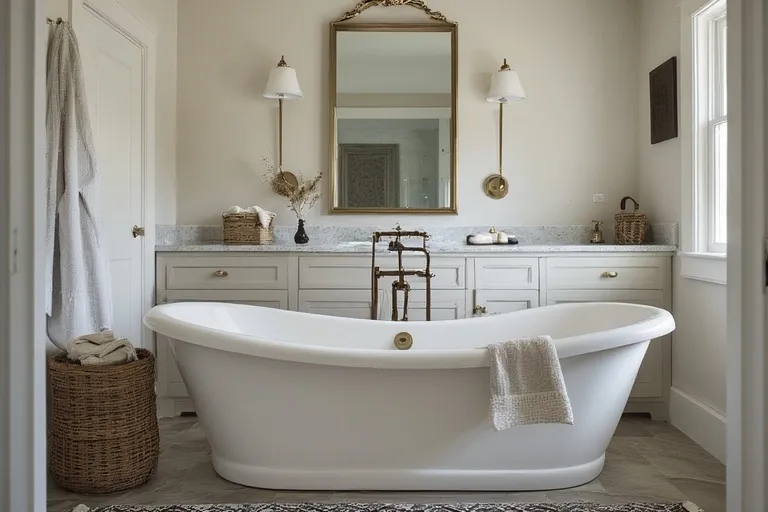
Freestanding tub style ideas play a central role in designing a bathroom that feels both elegant and inviting. These timeless tubs are more than just functional fixtures—they’re statement pieces that can turn any ordinary bathroom into a spa-like sanctuary. Whether your taste leans toward modern minimalism or classic sophistication, there’s a freestanding tub design to match every aesthetic and lifestyle.
Why Choose a Freestanding Tub?
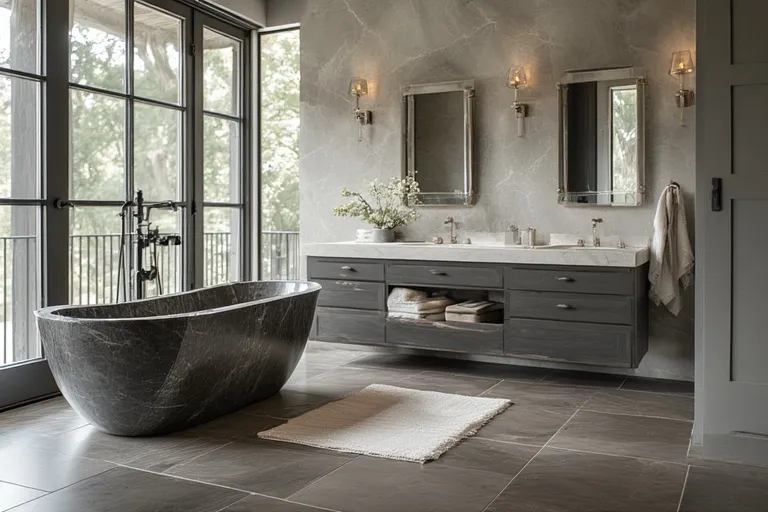
Before exploring styles, it’s worth understanding why freestanding tubs have become a design favorite among homeowners and interior designers. Unlike built-in tubs, freestanding models stand independently, often becoming the visual focal point of the room. They create an open, airy feel and can be placed anywhere—from the center of the bathroom to a window nook—depending on your space and layout.
Key benefits include:
- Elegance & Aesthetics: Instantly elevates the visual appeal of your bathroom.
- Versatility: Fits various themes like modern, rustic, bohemian, or vintage.
- Luxury Feel: Offers a spa-like experience that promotes relaxation.
- Installation Flexibility: Doesn’t require surrounding walls or built-in enclosures.
Types of Freestanding Tubs
Freestanding tubs come in several styles, each bringing a unique personality to your space. Here are the most popular types to inspire your remodel
1. Clawfoot Tub
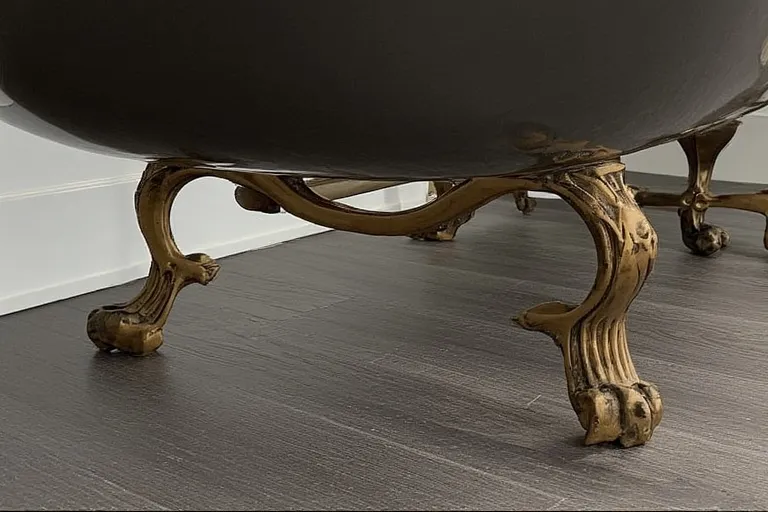
A timeless classic, the clawfoot tub exudes vintage charm. Characterized by ornate, elevated feet, it fits beautifully in traditional or Victorian-style bathrooms. You can choose from polished metal, brass, or painted feet to complement your color palette.
Styling Tip: Pair a white clawfoot tub with marble tiles, antique mirrors, and soft lighting for a luxurious old-world feel.
2. Pedestal Tub
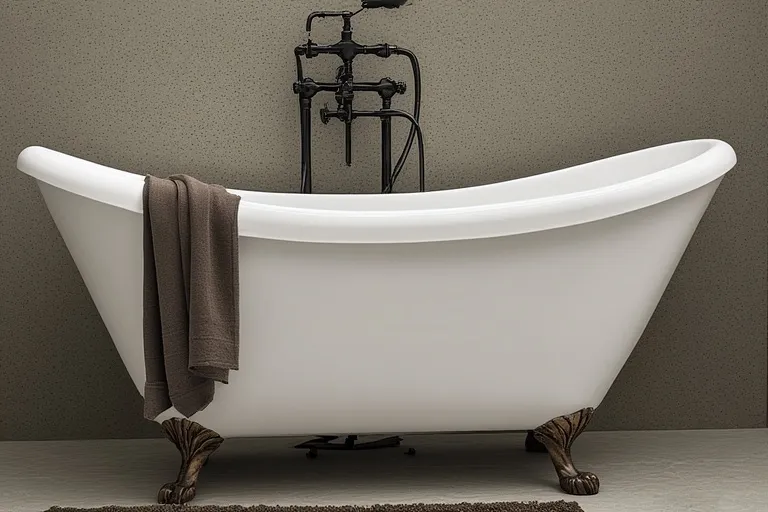
The pedestal tub offers a more contemporary twist on the clawfoot design. Instead of exposed legs, it sits on a solid base or “pedestal,” giving it a sleek, grounded look. It’s perfect for transitional interiors that balance modern and traditional elements.
Styling Tip: Combine a pedestal tub with matte black fixtures and minimalist décor for a modern spa ambiance.
3. Slipper Tub
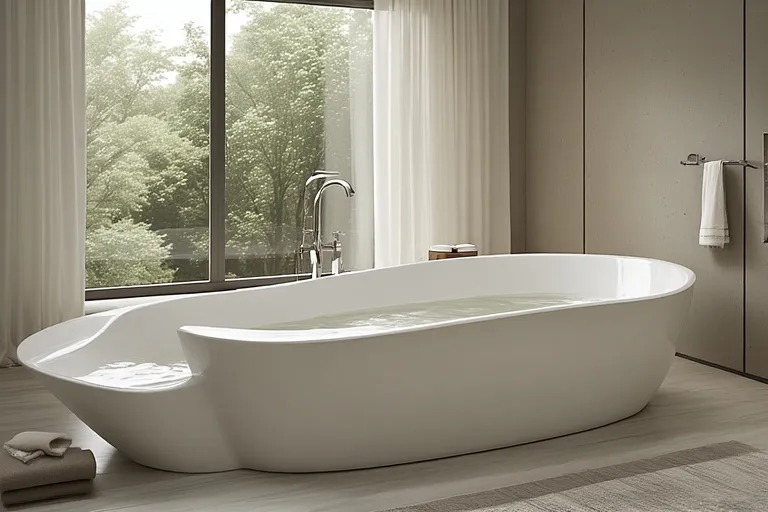
Designed with one or both ends raised, the slipper tub provides ergonomic comfort and a graceful silhouette. It’s ideal for long, relaxing soaks after a busy day.
Styling Tip: Add a small side table with candles or a bamboo bath caddy to create a serene retreat.
4. Japanese Soaking Tub (Ofuro)
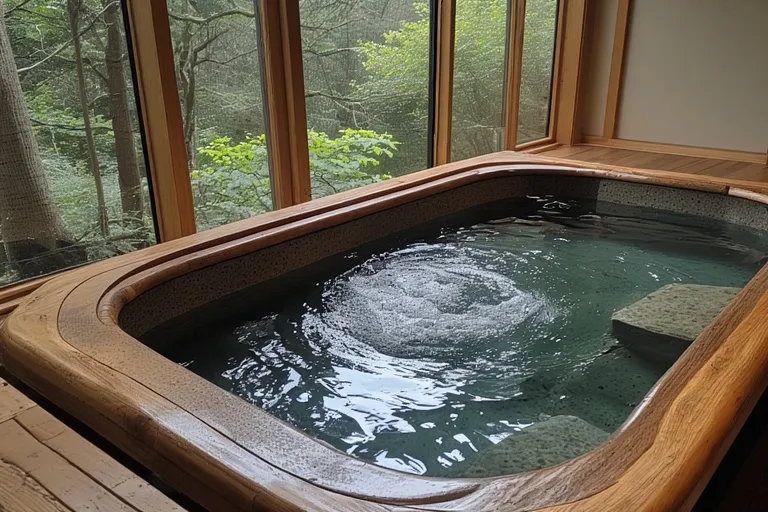
Compact yet deep, Japanese soaking tubs are designed for full-body immersion. They’re perfect for small bathrooms or homeowners who value mindful relaxation. These tubs often feature wood, stone, or composite finishes that emphasize warmth and nature.
Styling Tip: Surround the tub with greenery and warm lighting to embrace a zen-inspired aesthetic.
5. Modern Oval Tub
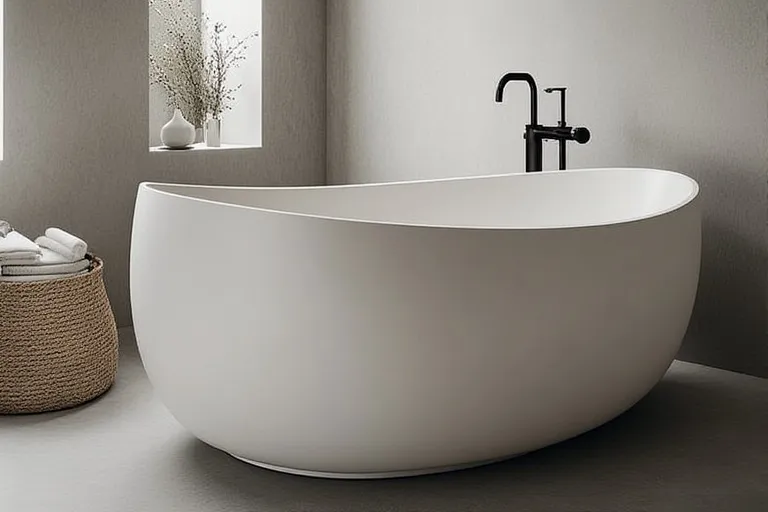
A smooth, oval freestanding tub works beautifully in minimalist or Scandinavian bathrooms. Its organic curves soften hard lines and enhance visual flow.
Styling Tip: Keep the surrounding décor minimal—think neutral tones, floating vanities, and frameless glass showers.
6. Rectangular or Geometric Tub
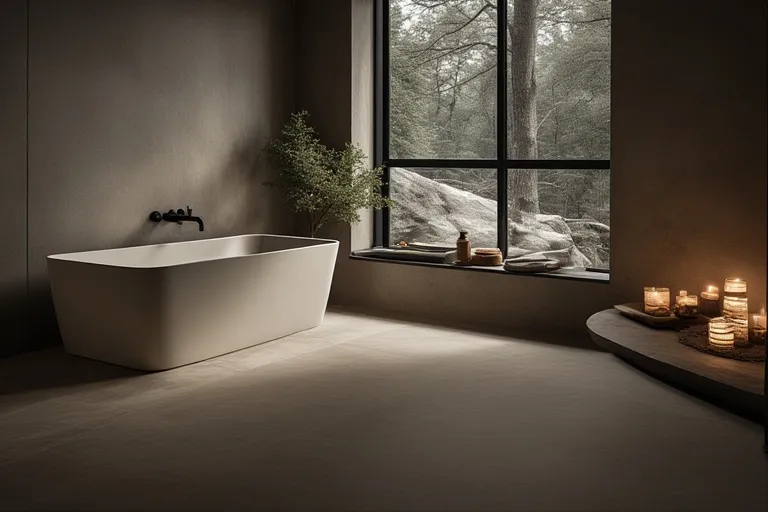
For a bold, architectural touch, rectangular or asymmetrical freestanding tubs make a striking statement. They’re especially suited for urban, modern homes where design precision matters.
Styling Tip: Use matte finishes, sharp-edged faucets, and concrete or tile backdrops for a clean industrial vibe.
7. Stone or Marble Tub
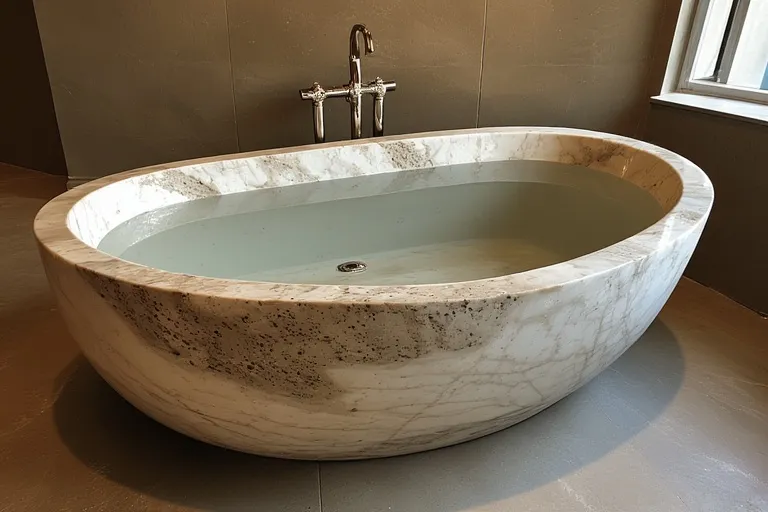
A stone or marble freestanding tub is the epitome of luxury. Heavy and durable, these tubs bring natural beauty and opulence into your bathroom. The textures and color variations of the material create a one-of-a-kind design.
Styling Tip: Pair with gold or brass fixtures to enhance the richness of the stone.
8. Acrylic Freestanding Tub
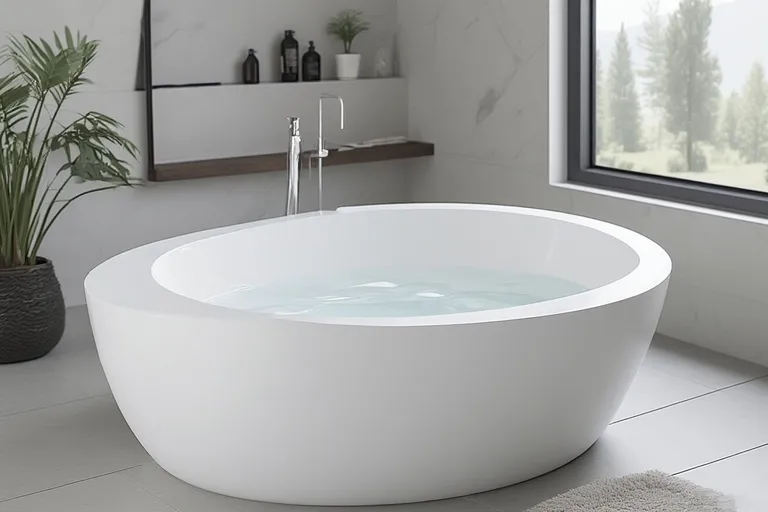
Lightweight, budget-friendly, and available in countless shapes, acrylic tubs are a popular modern choice. They’re easier to install and maintain compared to heavier materials.
Styling Tip: Choose a glossy white finish for a clean, bright, and contemporary look.
Freestanding Tub Style Ideas for Every Bathroom Theme
Let’s explore some design directions that can help you decide which tub style complements your personal aesthetic:
Modern Minimalism
A sleek, matte-white oval tub with black matte fixtures fits perfectly in a minimalist space. Add light wood shelving and a few plants to keep the design natural yet uncluttered.
Rustic Chic
Combine a stone or copper freestanding tub with reclaimed wood accents and warm-toned lighting. This mix of raw textures creates a cozy, earthy retreat.
Glamorous Vintage
A clawfoot or slipper tub paired with a chandelier, floral wallpaper, and gold accents will channel vintage glamour and timeless elegance.
Scandinavian Calm
Opt for a neutral palette—white, beige, or light gray—and include natural wood touches. A simple freestanding tub beside a large window enhances the sense of serenity and light.
Industrial Edge
A geometric tub made of stone resin or concrete blends beautifully with exposed pipes, dark tiles, and metal fixtures. This style balances toughness with sophistication.
Placement and Layout Tips
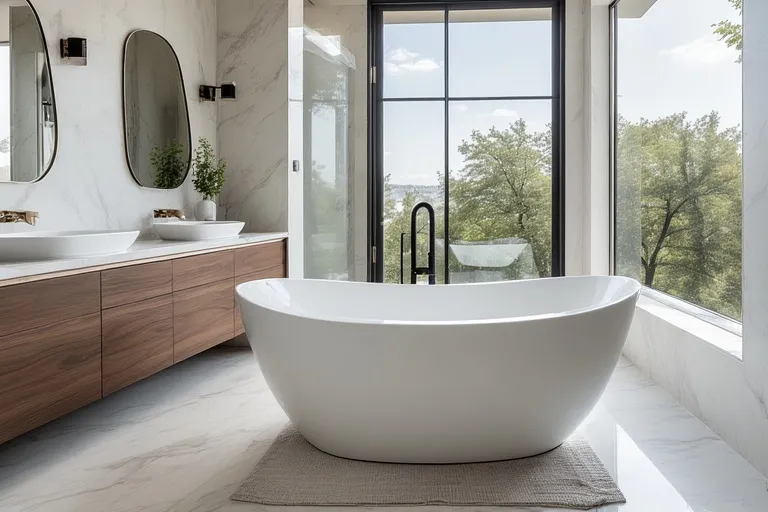
The beauty of freestanding tubs lies in their flexibility. However, strategic placement can amplify both their aesthetic and practical value.
- Center of the Room: Ideal for large bathrooms—creates a dramatic focal point.
- By the Window: Enjoy natural light and scenic views while soaking.
- Corner Setup: Saves space while maintaining elegance.
- Raised Platform: Adds elevation and grandeur, especially in modern designs.
Always ensure proper plumbing access beneath or behind the tub to maintain functionality without compromising the look.
Accessorizing Your Freestanding Tub
The right accessories can elevate your freestanding tub setup from simple to spectacular:
- Freestanding Faucets: A must-have for design consistency. Go for brushed nickel, chrome, or matte black.
- Tub Caddies: Ideal for holding candles, books, or a glass of wine.
- Decor Accents: Add plants, textured rugs, or artwork to make the space feel warm and inviting.
- Lighting: Pendant lights or sconces can create ambiance while highlighting the tub area.
Maintenance and Material Care
Different materials require different care routines:
- Acrylic: Clean with mild soap and water; avoid harsh chemicals.
- Stone: Use stone-safe cleaners to preserve finish.
- Cast Iron: Wipe dry after each use to prevent rust.
- Copper: Polish periodically to maintain its natural patina.
Regular maintenance not only preserves beauty but also extends the tub’s lifespan.
Conclusion
Freestanding tub style ideas open endless possibilities for transforming your bathroom into a personal oasis. Whether you prefer the timeless elegance of a clawfoot tub, the contemporary minimalism of an oval design, or the rustic charm of a stone soak, there’s a freestanding tub that perfectly reflects your personality and space. With thoughtful placement, the right accessories, and balanced décor, your tub can become more than just a bathroom fixture—it can be the centerpiece of everyday luxury.
Q1: What is a freestanding tub?
A freestanding tub is a standalone bathtub that isn’t attached to walls or built-in structures.
Q2: Are freestanding tubs suitable for small bathrooms?
Yes, compact designs like Japanese soaking tubs fit perfectly in small spaces.
Q3: What materials are best for freestanding tubs?
Acrylic, stone, cast iron, and copper are popular for their durability and style.
Q4: Do freestanding tubs require special plumbing?
Yes, they often need floor-mounted or wall-mounted plumbing fixtures.
Q5: How do I clean a freestanding tub?
Use mild soap and soft cloths—avoid abrasive cleaners to protect the surface.

One Comment